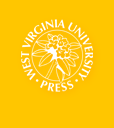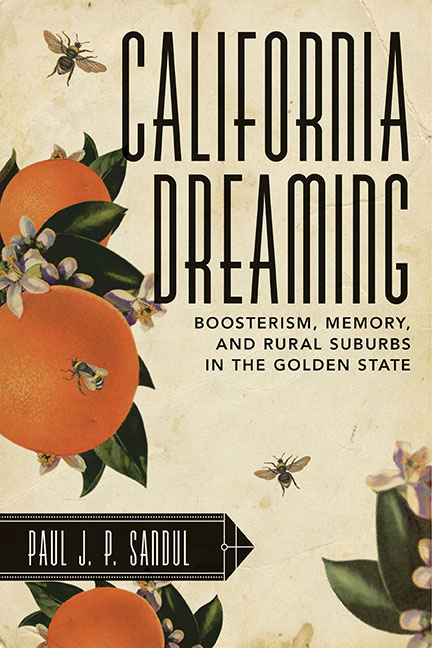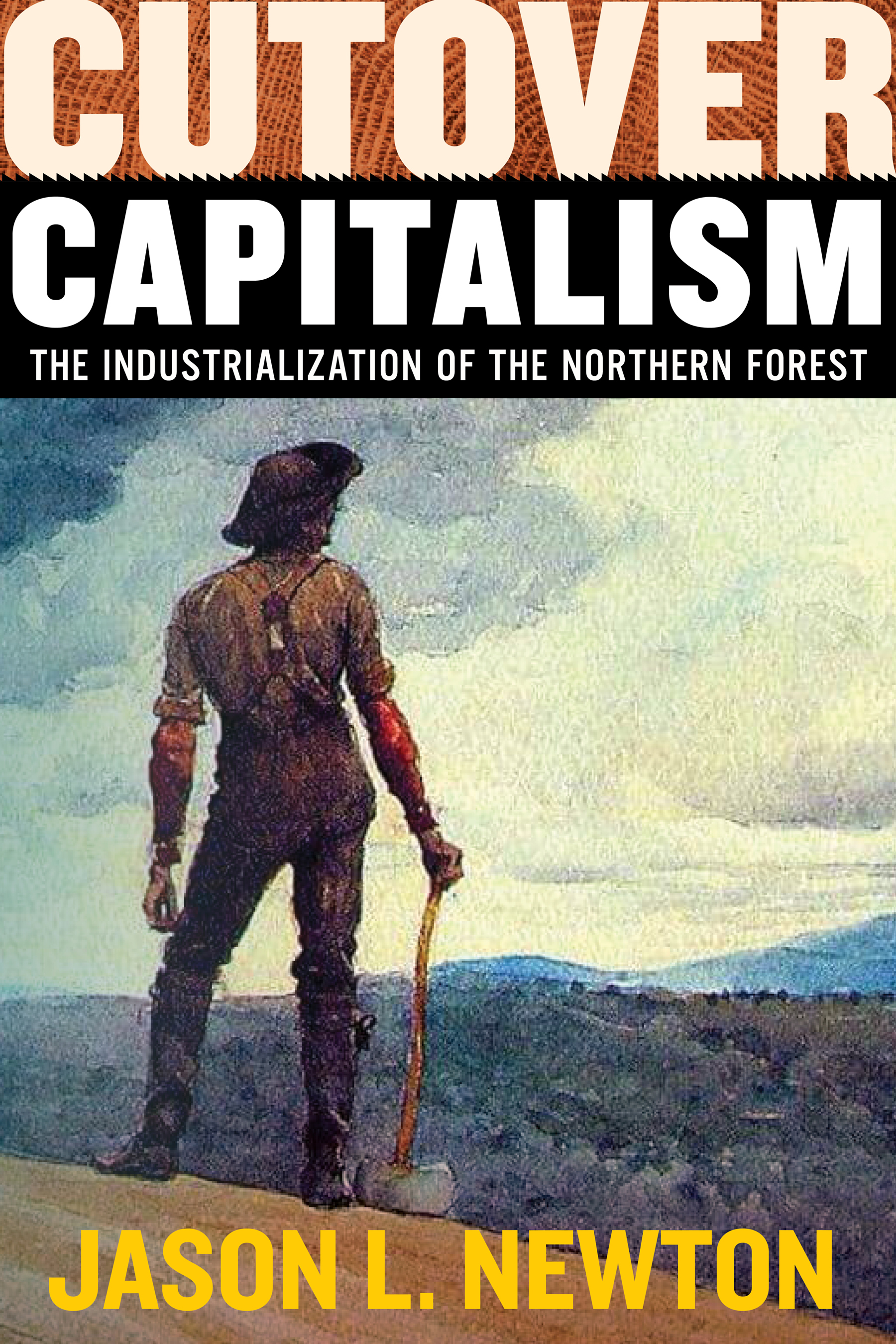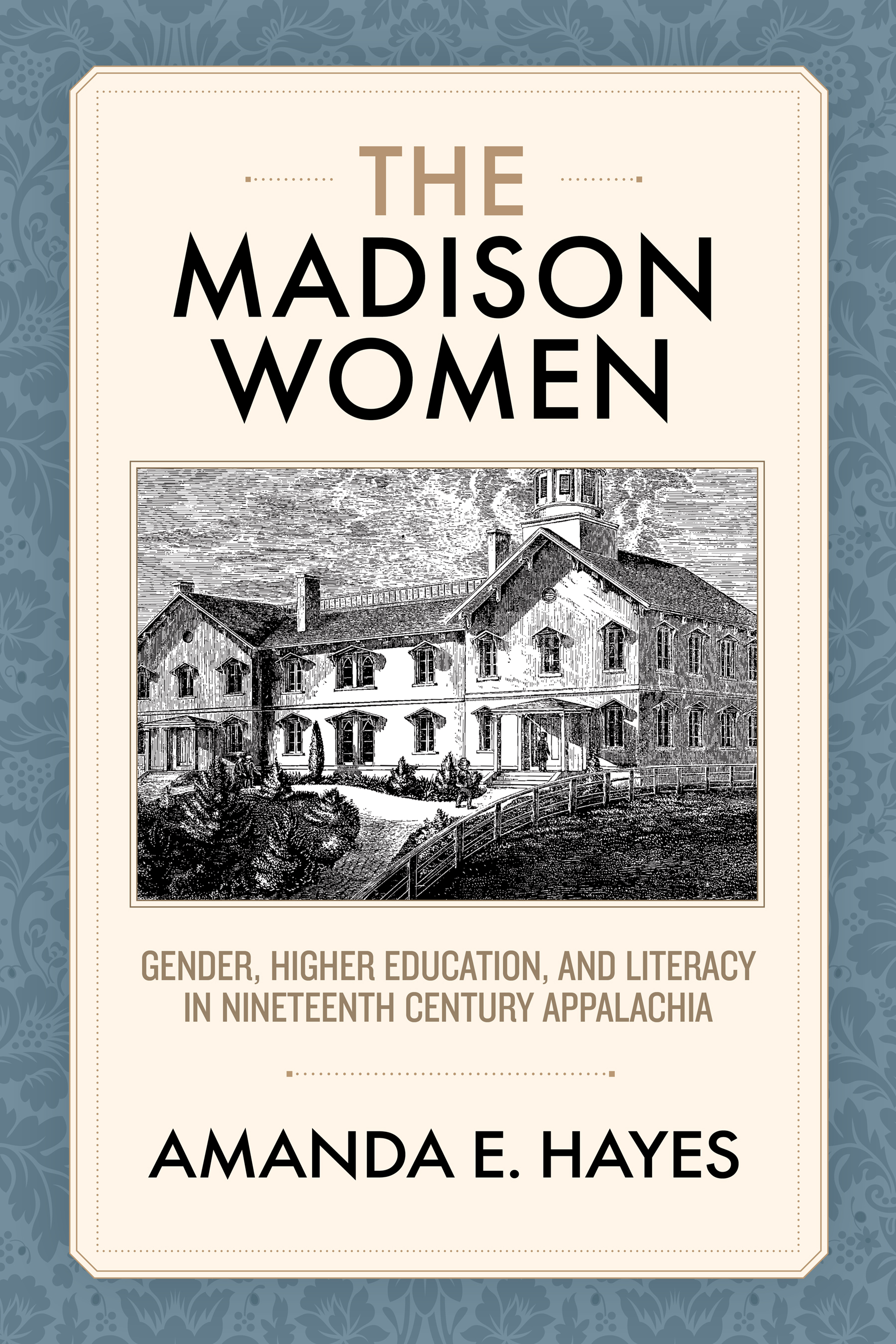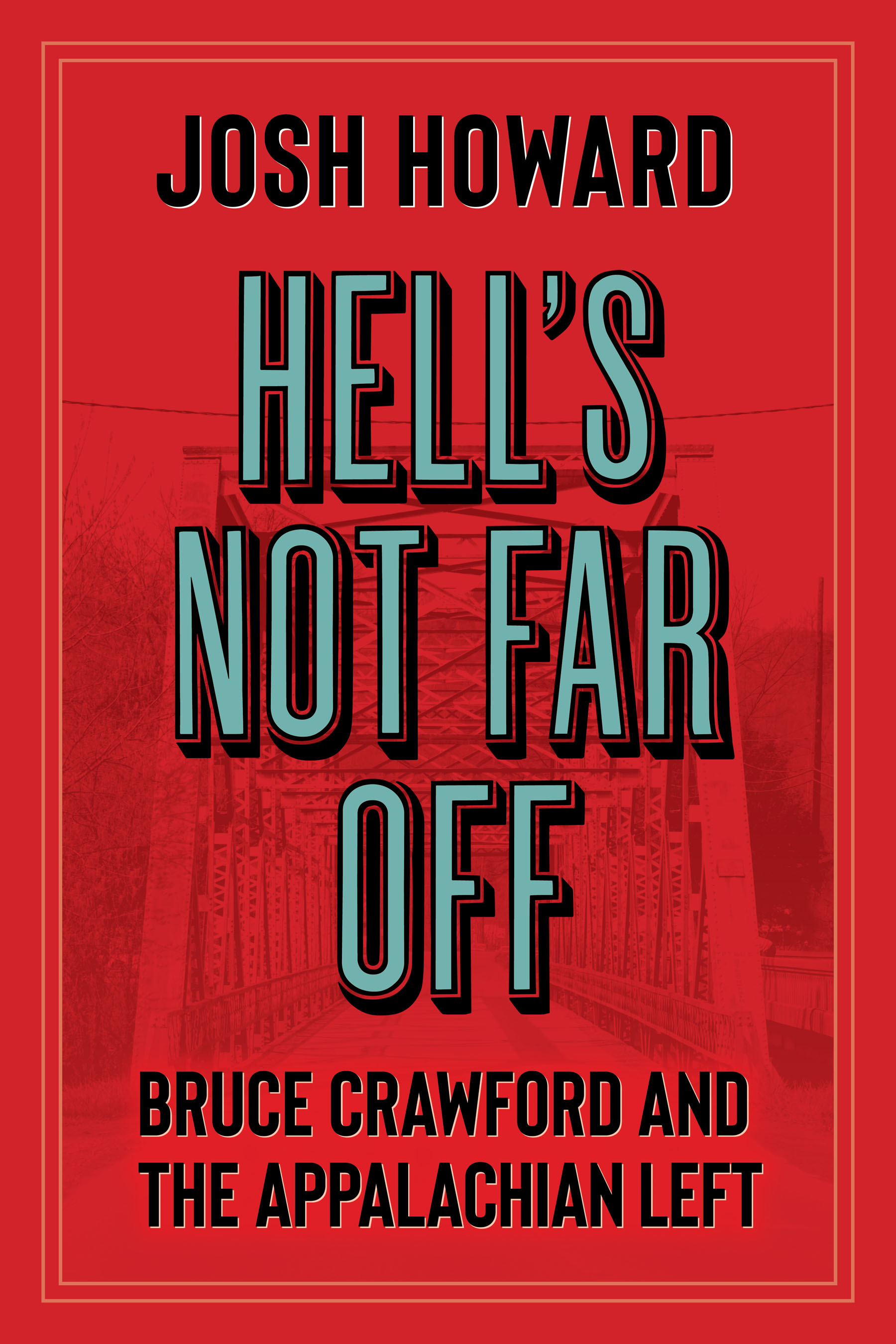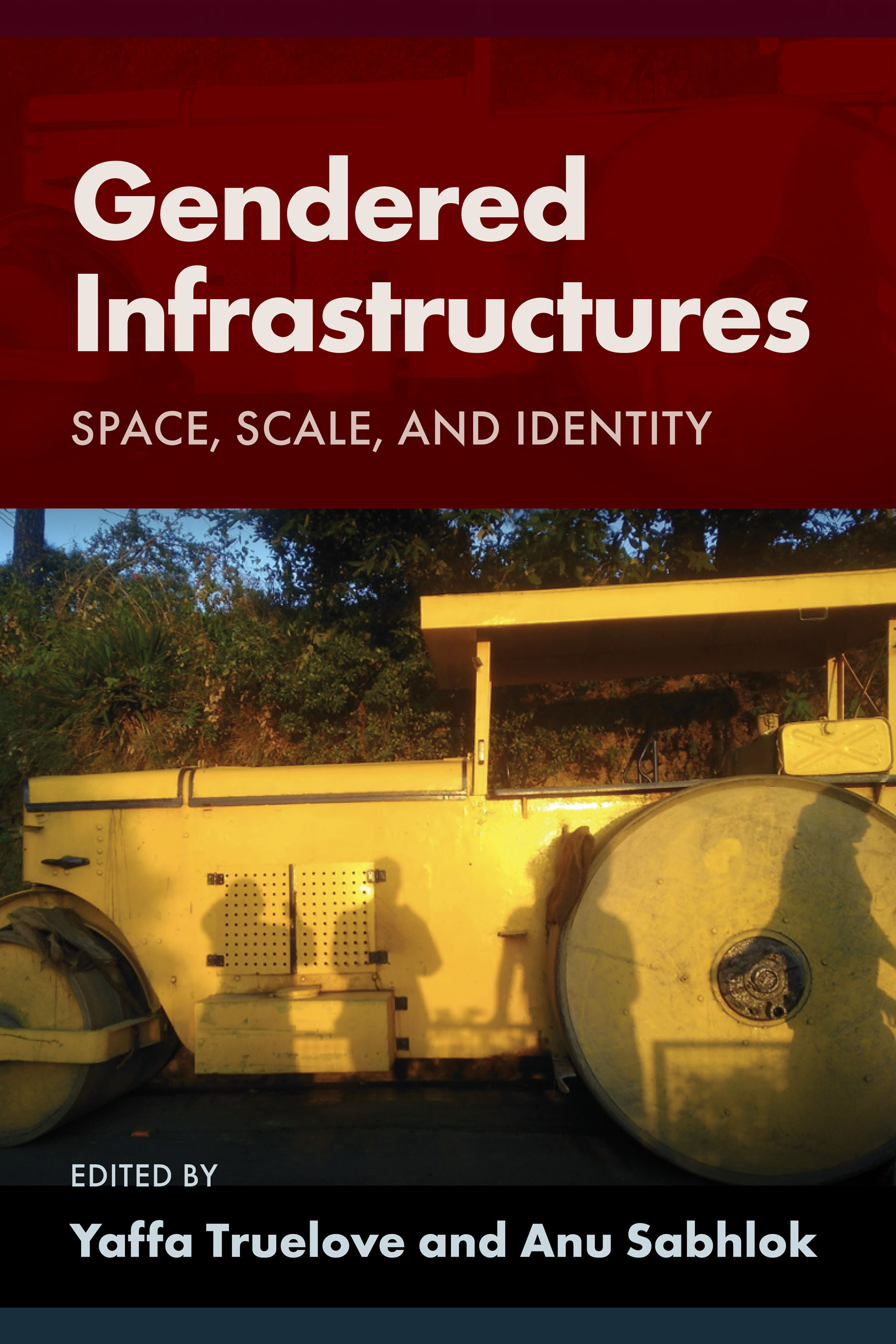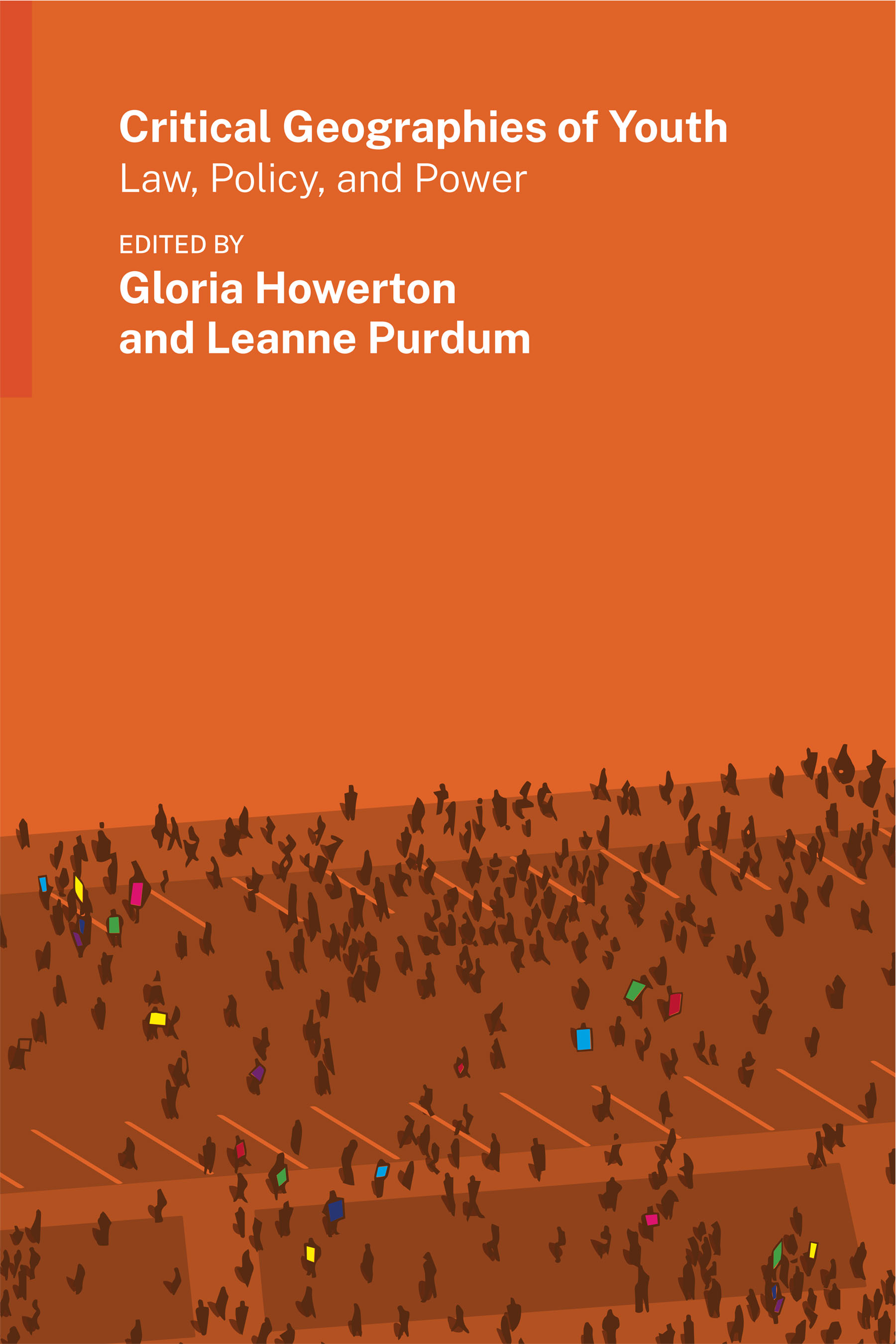Paul J.P. Sandul
October 2014
220pp
PB 978-1-938228-86-5
$27.99
ePub 978-1-938228-87-2
$27.99
PDF 978-1-938228-88-9
$27.99
Summary
At the turn of the 20th century, the California dream was a suburban ideal where life on the farm was exceptional. Agrarian virtue existed alongside good roads, social clubs, cultural institutions, and business commerce. The California suburban dream was the ultimate symbol of progress and modernity.
California Dreaming: Boosterism, Memory, and Rural Suburbs in the Golden State analyzes the growth, promotion, and agricultural colonization that fed this dream during the early 1900s. Through this analysis, Paul J. P. Sandul introduces a newly identified rural-suburban type: the agriburb, a rural suburb deliberately planned, developed, and promoted for profit. Sandul reconceptualizes California’s growth during this time period, establishing the agriburb as a suburban phenomenon that occurred long before the booms of the 1920s and 1950s.
Sandul’s analysis contributes to a new suburban history that includes diverse constituencies and geographies and focuses on the production and construction of place and memory. Boosters purposefully “harvested” suburbs with an eye toward direct profit and metropolitan growth. State boosters boasted of unsurpassable idyllic communities while local boosters bragged of communities that represented the best of the best, both using narratives of place, class, race, lifestyle, and profit to avow images of the rural and suburban ideal.
This suburban dream attracted people who desired a family home, nature, health, culture, refinement, and rural virtue. In the agriburb, a family could live on a small home grove while enjoying the perks of a progressive city. A home located within the landscape of natural California with access to urban amenities provided a good place to live and a way to gain revenue through farming.
To uncover and dissect the agriburb, Sandul focuses on local histories from California’s Central Valley and the Inland Empire of Southern California, including Ontario near Los Angeles and Orangevale and Fair Oaks outside Sacramento. His analysis closely operates between the intersections of history, anthropology, geography, sociology, and the rural and urban, while examining a metanarrative that exposes much about the nature and lasting influence of cultural memory and public history upon agriburban communities.
Contents
Acknowledgments
Introduction: Bourgeois Horticulturists in an Agricultural Wonderland
Part One: The Suburban Ideal and the California Dream
The Market Revolution and Romanticism
Chapter One: The Suburban Ideal
Boosterism
Chapter Two: The California Dream
Part Two: Harvesting Suburbs
Suburban Definitions, Archetypes, and Limitations
Chapter Three: The Model Colony of Ontario as the Model Agriburb
Chapter Four: The Agriburbs of Sacramento
Welcome to the Growth Machine
Chapter Five: The Boosters
Part Three: Cultivating Memory
Coming to Terms with Memory
Chapter Six: The Ongoing Legacies of Boosterism
Chapter Seven: Collected Memory and the Continued Legacies of Boosterism
Conclusion: Harvesting Suburbs, Cultivating Memory
Notes
Selected Bibliography
Index
Author
Paul J. P. Sandul is an Assistant Professor of History at Stephen F. Austin State University where he co-directs the public history program. Sandul is heavily involved in public history projects and local heritage organizations and oral history, which often provide opportunities for students, and serves on advisory committees and boards for both professional and local historical societies and journals.
Reviews
“A bold debut by a talented and energetic Generation X historian who dares think for himself. A fresh interpretation of rural life and the rise of the agriburb as a variation of sub/urban America in the 19th and early 20th century."
Kevin Starr, University of Southern California
“The agriburb is a historic suburban landscape virtually overlooked until now. In California Dreaming, Paul Sandul recovers its rich history, situating this quintessential California landscape within the broad narrative of suburban history. This book extends our working concept of “suburb” by adding a new, fascinating dimension.”
Becky M. Nicolaides, author of My Blue Heaven: Life and Politics in the Working-Class Suburbs of Los Angeles, 1920-1960
“If you want to know out of what stuff the California Dream was made, this book is for you. In his vigorous and searching analysis, Sandul shows how special California landscapes he calls “agriburbs” took hold of collective imagination, convincing many that their quest for success and well-being could best be met by moving to these places where growing fruit and growing the good life seemed to go hand in hand. Looking closely at three agriburbs from northern and southern California—Ontario, Orangevale, and Fair Oaks (my hometown)—Sandul uncovers who had a hand in the creation of these communities, and how they profited by transforming their visions into realities on the ground. Moreover, Sandul passionately argues that we all have a stake in how society remembers these landscapes, for those memories reflect power as well as shape our dreams for the future.”
Douglas C. Sackman, University of Puget Sound, author of Orange Empire: California and the Fruits of Eden.
"As the title suggests, Paul Sandul's California Dreaming is an ambitious attempt to harness the three great forces in the development of the Golden State – land speculation, agriculture and suburbanization – to drive the story of three agro-urban colonies. It is, at the same time, a far-reachng disquisition on American habits of mind concerning agrarianism, suburbia and historical memory, as filtered through the myth-making machinery of local boosters. The unified vision of northern and southern California here should be particularly welcome to those attuned to the schismatic nature of so much of the state's historiography.”
Richard Walker, University of California, Berkeley, author of The Conquest of Bread: 150 Years of California Agribusiness and The Atlas of California: Mapping the Challenges of a New Era.
“Paul Sandul’s book offers a pivotal, innovative expansion of our understanding of the process of town building in America. In rich detail, he reveals how diverse trajectories of multiple interests, such as agribusiness, real estate development, boosterism, the suburban ideal, the California dream, and regional growth, all intersect in the private and collective efforts of settlers and residents to establish and maintain their civic enterprise. Focusing pointedly on the efforts and actions of local actors, Sandul shows how their work in town-building is instrumental in generating and realizing broader economic interests and social currents.
In this incisively detailed examination of the California agriburb, Sandul also radically expands our understanding of suburbs, demonstrating how they encompass a much broader and more varied typology than traditionally presented. Through fine-grained investigation of diverse modes of “local meaning-making,” including pageantry, memorialization, historic preservation, public performances, and other forms of public history, Sandul produces a penetrating analysis of the social processes by which place and local identity are constituted and maintained, and simultaneously a recognition of the diversity of locales in which suburban place and community are established.”
John Archer’s prize-winning book Architecture and Suburbia (2005) examines the history of suburbia from late seventeenth-century England to its emergence as the ideal of the American dream.
“This is a fine-grained and very thoughtful exploration of the horticultural worlds and horticultural ideals of California’s “agriburbs” lying just beyond the metropolitan core. What’s especially insightful here is the author’s careful rendering of what constituted “agriburban” boosterism.” We have a better portrait of landscape change, memory, and nostalgia thanks to Paul Sandul’s careful scholarship. Thoughtful and thorough, this is an excellent portrait of “agriburban” memory, nostalgia, and boosterism across the mental and horticultural landscapes of rural California.
What’s especially good about Paul Sandul’s work is that he reminds us of the complexities and variables that cut across any monolithic understanding of the California Dream. Here’s a variant of that Dream: rural, “agriburban,” tinged with equal parts exuberant boosterism and wishful nostalgia. I learned a lot from this book.”
William Deverell, Director, Huntington-USC Institute on California and the West
“By developing a new concept--agriburb--and integrating it into the literature, Paul Sandul argues, convincingly and engagingly, that rural and suburban development in California in the late nineteenth and twentieth century must be understood as interlinked processes--each drove the other. This book is a must read for agricultural, urban, and environmental scholars alike interested in the Golden State’s controversial history. Those looking to liven up their reading lists for their California and U.S. history seminars would also do well to consider it.”
David Vaught, Professor & Head Department of History, Texas A&M University
“Today we see suburbs and farms as worlds apart, inherently at odds. But Paul Sandul’s California Dreaming uncovers how, in late nineteenth- and early twentieth-century California, they did more than just get along; they were one and the same. With wry forthrightness, rich detail, and scholarly discernment, he plumbs the agricultural visions that animated suburban development in this time and place, as well as the forgetting that accompanied the ways these places came to be remembered. A unique and vital addition to a “new suburban history,” California Dreaming broadens our awareness of what “suburbia” has been in ways that suggest new alternatives for our suburbs’ future, in which crops and chickens may proliferate among the lawns.”
Christopher C. Sellers, author of Crabgrass Crucible: Suburban Nature and the Rise of Environmentalism in 20th-Century America
“Sandul uses the lens of memory to help us better understand the origins and development of Ontario and other of California’s “agriburbs,” filling a gap in the history of the state’s suburbanization. While many imagine suburban California filled just with bedrooms, Sandul thoughtfully brings agriculture back into the discussion.”
David C. Sloane, Professor, Price School of Public Policy, University of Southern California
“Sandul unearths three fascinating case studies to examine the origins and legacies of California’s “agriburbs” – early twentieth-century suburban developments marketed with equal parts romantic agrarianism and genteel urbanism. California Dreaming makes provocative connections between booster visions for the future and the creation of local memory in later decades, writing the imagined picturesque rural aesthetic, nostalgia for small-scale horticulture, and exclusively white pioneer identity into the history. These insights contain valuable lessons for today’s exurban entrepreneurs and public historians alike.”
Phoebe S.K. Young is Associate Professor of History at the University of Colorado at Boulder and author of California Vieja: Culture and Memory in a Modern American Place
“Sandul provides an insightful examination of the power of the historical narrative and the production of history. It compels us to reconceptualize how the California Dream influenced local communities that lay beyond the southern part of the state and consider boosters’ tremendous influence to define landscapes and market lifestyles.”
Lydia R. Otero is an associate professor in the Department of Mexican American Studies at the University of Arizona and author of La Calle: Spatial Conflicts and Urban Renewal in a Southwestern City
"Sandul has a lot to offer readers interested in Caliornia's urban past."
Lisa Krissoff Boehm, The Public Historian
"California Dreaming makes a provocative addition to the history of the American West and to suburban studies, and is essential reading in both fields."
Matthew Gordon Lasner, The Journal of American History
"An important contribution to the history of the Golden State, as well as the fields of U.S. urban and the "new suburban" history, memory studies, and the interpretation of the historic cultural resources."
Tom Sitton, American Historical Review





